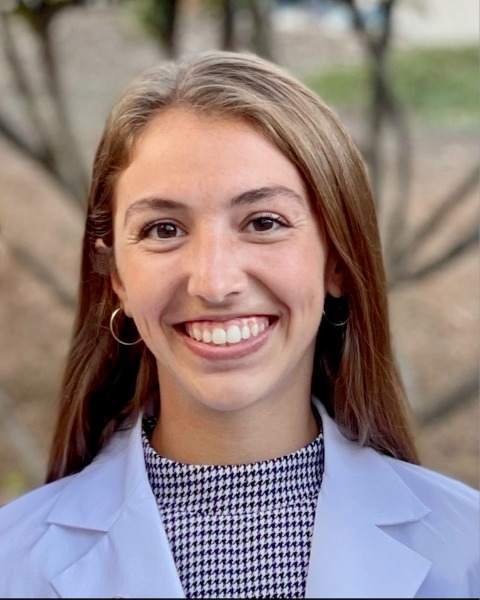Break in Exhibit Hall & Posters in Foyer
Venous Pseudoaneurysm in a Dialysis Patient. Case Report and Review of the Literature
Methods: A review was conducted using PubMed and Google Scholar.
Results: A 62-year-old male with prior end stage renal disease (ESRD) no longer requiring dialysis, and prior right upper extremity (RUE) arteriovenous fistula (AVF) access creation, presented to the emergency department (ED) with progressive RUE and right chest swelling. Figure 1. He had undergone balloon angioplasty of the right cephalic, subclavian, and innominate veins at an outside hospital 1.5 months prior after similar presentation. Physical exam revealed right upper extremity severe edema with decreased range of motion, and a well perfused extremity with 2+ radial pulses. Computed Tomography (CT) angiogram showed short segment stenosis of the subclavian and innominate vein junction with a venous pseudoaneurysm of the internal mammary vessel (IMV) measuring 6.5 x 4.7 x 3.6 cm. Figure 2 Significant chest wall subcutaneous edema was noted. Concern for progression of aneurysmal change or rupture was high.
In the operating room, the hypertrophied right brachiocephalic fistula and brachial artery was controlled above and below the AVF. The fistula was transected and oversewn with 3-0 Prolene suture, the venous side was then oversewn with 5-0 Prolene suture. A micropuncture needle was then placed into the fistula stump through which a wire was advanced and a 5 F sheath was placed. A venogram revealed a hypertrophied and tortuous cephalic vein, but no arterialized flow. The catheter was advanced and venography of the innominate vein and superior vena cava was performed revealing aneurysmal internal mammary vein (IMV). The origin of the IMV was selected, and the wire was advanced into the inferior epigastric vein. A 9 F sheath was positioned over the wire into the aneurysm sac and an Amplatzer plug was deployed in the neck and central venous portion of the aneurysm. Venogram demonstrated the plug to be in good position. Repeat venography with the catheter in the cephalic vein revealed no residual flow in the pseudoaneurysm. All devices were removed and the cephalic vein was repaired directly with 5-0 Prolene suture. Skin was closed and a compression dressing was placed.
By postoperative day two, the patient reported significant improvement in the tension in his right arm and had regained range of motion at the right wrist, hand, and fingers. He was discharged, and followed up in the office.
Conclusions:
The patient was treated with an Amplatzer plug with resolution of flow in the PSA, and greatly improved arm swelling. Long term follow up was not possible, as the patient died of unknown causes.

Sarah Sternbach, BS
Medical Student
University of Southern California Keck School of Medicine
